When it comes to AI development, tools matter, and one of the most important tools is your operating system. Developers like Linux because it’s fast, flexible, and works well with popular AI tools such as TensorFlow, PyTorch, and Keras. But when there are so many of these Linux versions, known as “distros,” how can you pick the right one?
In today’s post, I’ll provide you with a list of the best Linux distros for developing AI, whether you are foraying into machine learning or programming to make AI applications. We’ll look at what makes each distro unique so that you can decide which one will serve your specific needs the most. Let’s dive in!
What Is Linux Distro?
Linux is a free and open-source operating system with a number of distributions, each one tailored to the unique users and machines. But what most people don’t know is that Linux isn’t just one single OS; it comes in multiple versions known as ‘Distro’ (short for distribution).
Every Linux distro has something to bring to the table. Some are designed to cater to beginners, some are tailored for developers or ethical hackers, and some are fine-tuned to handle advanced workloads, such as AI and machine learning. The core of Linux is unchanged, but the interface, including AI tools, performance tweaks, and update cycle, is different.
Think of it like buying a laptop; the hardware for a laptop may be the same for many, but one comes with video editing software, one is covered in video games, and one is nice for work. That is exactly what Linux distros do.
So whether you’re building AI models, running a secure server, or just want to dabble in the world beyond Windows or macOS, then there are good reasons to choose a Linux distro that best works for you – and the right (or wrong) choice can make a huge difference in the experience you’ll have.
Top Linux Distro For AI In 2025
The right Linux distribution can help you get the most out of your AI development workflow. If you’re developing deep learning models, training data at scale, deploying the latest algorithm, or building on the cloud or the edge, your operating system should be optimized for AI. The most highly rated used Linux distributions that are working wonders for data scientists, ML engineers, and AI researchers in 2025 are as follows.
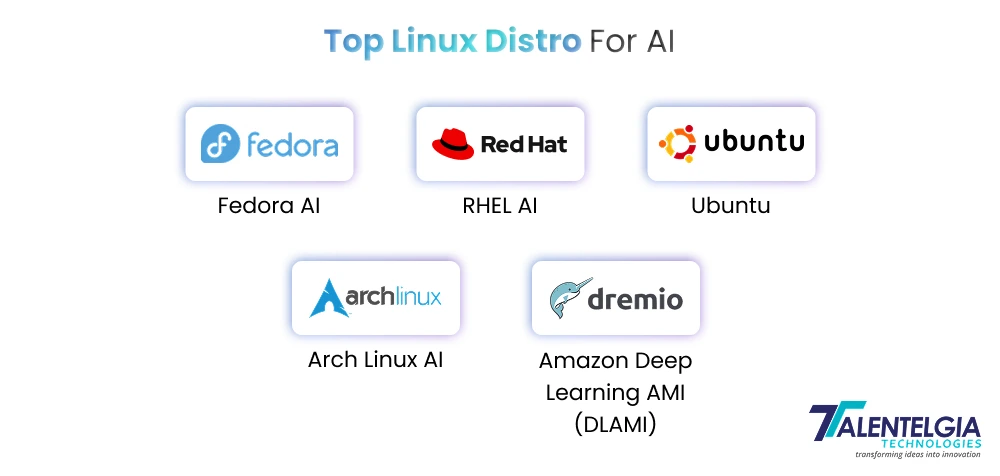
Here are the most amazing and popular AI projects on Linux, which can help you in your day-to-day work and research.
1.Fedora AI
For machine learning engineers, data scientists, and AI researchers in need of a cutting-edge Linux distribution, Fedora AI is the ideal playground. It’s the people adopting the newest technology first, and this is who Fedora AI 2025 is for: The expert user who needs speed, flexibility, and support for the very latest libraries.
Why Should You Choose Fedora AI for AI?
Fedora AI features rapid release cycles, next-gen tools, and a developer-first community. It will work well for AI professionals who demand the hottest tech and don’t want to give up on stability.
Features That Make Fedora AI Great for ML & AI Workloads
- Container-First Architecture with Podman
Fedora brings with it Podman, a lightweight, daemonless container engine that can serve as a powerful Docker alternative. It allows for secure, isolated developmental environments, making it ideal for testing AI models without conflict.
- Up-to-Date Python and AI Libraries
Fedora also comes with Python 3.12 and a full set of installed scientific and AI libraries, such as NumPy, Pandas, SciPy, and Dask, making it all set for deep learning, data analysis, and automation.
- Optimized for Graphics & Visualization
Fedora has significantly increased rendering and graphics performance thanks to support for the Wayland display server. Perfect for data visualizations, real-time dashboards, and GPU-intensive model training.
What’s New in Fedora AI 2025?
These new advances are just the latest from the bleeding edge at Fedora AI:
- ONNX Runtime Support
Improved Open Neural Network Exchange (ONNX) support makes it easy to migrate models between frameworks like TensorFlow, PyTorch, and MXNet.
- Intel oneAPI Libraries
Pre-built for hardware acceleration to help your computer run faster, speeding up AI training and data preparation.
- Quantum AI Toolkit
A fresh set of tools has been provided for quantum machine learning experiments, which has Fedora as an exciting destination for anyone who plays with next-gen AI.
2.RHEL AI
When your business depends on mission-critical AI workloads, reliability, security, and scalability can’t be optional—they are essential. That’s where Red Hat Enterprise Linux (RHEL) AI comes in. Specially designed for enterprises, RHEL AI seamlessly integrates the robust capabilities of enterprise Linux with advanced AI/ML tools to enhance applications from the data center to edge AI.
Why Organizations Need RHEL AI for AI & ML Workflows?
Stability and lifetime support are both reputational hallmarks of Red Hat, and this makes RHEL AI a leading choice for enterprises that deal in AI at scale, particularly in cases where compliance, governance, and infrastructure integration are non-negotiable.
Built for Scalability
Whether you’re running a small data lab or a large distributed AI cluster, RHEL AI is designed to scale effortlessly, whether you’re working in a multi-node or higher-performing compute environment.
Advanced Security with SELinux
With built-in Security-Enhanced Linux (SELinux), RHEL AI protects models and sensitive data sets with policy-driven access controls, an essential capability in industries such as finance, healthcare, and defense.
Certified Hardware Ecosystem
RHEL AI provides wide compatibility with enterprise-grade hardware to ease the friction of using high-throughput GPUs, such as accelerators and server hardware that has been certified, meaning less guessing at what’s needed for an AI implementation.
What’s New in RHEL AI
- Built for Scalability
Whether you’re running a small data lab or a large distributed AI cluster, RHEL AI is designed to scale effortlessly, whether you’re working in a multi-node or higher-performing compute environment.
- Advanced Security with SELinux
With built-in Security-Enhanced Linux (SELinux), RHEL AI protects models and sensitive data sets with policy-driven access controls — an essential capability in industries such as finance, healthcare, and defense.
- Certified Hardware Ecosystem
RHEL AI provides wide compatibility with enterprise-grade hardware to ease the friction of using high-throughput GPUs, such as accelerators and server hardware that has been certified, meaning less guessing at what’s needed for an AI implementation.
3.Amazon Deep Learning AMI
Want to develop and deploy AI models on the cloud fast and at pace? The Amazon Deep Learning AMI is a powerful tool for AI practitioners that includes a robust environment for developing deep learning algorithms on the AWS Cloud. Whether you are training large neural networks or working on edge AI, DLAMI gives you the tools to get started fast and grow easily.
Why Deep Learning AMI for AI & ML on AWS?
Powered by Amazon’s cloud, DLAMI streamlines the entire AI cycle from model training and tuning to deployment on global servers or the edge. Use your GPU and the pre-installed frameworks that you need without hassle, and instead of hours of software installation, focus on building something intelligent!
Key Features of Deep Learning AMI Currently, the DLAMIs come up with the following:
Built-In AWS Tooling
Pre-installed with necessary tools such as the Amazon Web Services (AWS) CLI, Boto3, and SageMaker SDK, enabling developers to easily launch, manage, and monitor resources.
GPU-Accelerated Performance
Full compatibility with CUDA and cuDNN makes for easy integration with NVIDIA GPUs—so you can supercharge your deep learning workloads in computer vision, NLP, and generative AI.
Pre-Installed AI Frameworks
No setup nightmares—popular frameworks like TensorFlow, PyTorch, and Apache MXNet come baked in for a seamless model development experience.
Deep Learning AMI (2025) Highlights: What’s New?
- Optimized for AWS Graviton AI
Best-in-class performance on ARM-based Graviton processors, which means greater energy efficiency and cost savings for cloud-native AI apps.
- SageMaker-Ready Workflows
Easier integration with Amazon SageMaker, to train, tune, and deploy models significantly faster directly from your DLAMI instance.
- Edge AI Deployment Tools
Effortlessly deploy trained models to AWS IoT and edge devices and extend AI to the edge, providing device intelligence for real-time processing in smart factories or autonomous devices.
4. Ubuntu
Ubuntu is a superb, human-friendly Linux-based operating system that’s become one of the most popular OS choices in the world. Based on the reliable base of Debian, Ubuntu is the rock upon which the open-source world is built, and therefore a superb distribution for developers and users alike.
Launched in 2004, Ubuntu has become one of the most popular Linux distributions in the world due to its hands-on commitment to accessibility, innovation, and community-driven development.
Key Features
Whether you are a Developer looking to create your portfolio, a Student looking to have the world’s most popular web browser on Linux, or a power user looking for a free operating system that can work on any device and sync with any cloud, with Ubuntu, you can have all that plus the added benefits of free software!
Stable: Uses Debian as a base.
Ubuntu inherits the rock-solidness of Debian, with all the packaged software and updates that thousands of users provide and share with Debian.
Free & Open Source
Ubuntu is free in every conceivable way. It is transparent, enabling users to investigate, adapt, and redistribute an OS with open-source licenses.
Modern, Intuitive Desktop Environment
Since 17.10, Ubuntu has moved to the GNOME interface — a polished, easy-to-use interface that’s great for new users and is easy to customize. Prefer something different? Select from other official desktop flavors such as KDE Plasma, Xfce, and MATE.
5. Arch Linux AI
Arch Linux AI is for developers and AI professionals who prefer to be in full control. Famous for its minimalist design and extreme customization, Arch is an ideal choice for those who want to build AI systems that are more aligned with their specific hardware and project needs.
Why Arch Linux for AI Development?
- Rolling Release Model
Stay ahead of the curve. Arch Linux means you always get the latest updates, including the most advanced AI libraries and tools, the moment you need them, and without being held back by release cycles.
- Arch User Repository (AUR)
Access to the AUR, a huge community development repository. Install niche AI packages plus bleeding-edge tools and experimental frameworks that may not always be found in standard repos.
- Minimalist Base Installation
Begin with the bare bones and construct your AI atmosphere. Zero bloatware, pure and sweet. All you need and nothing you don’t, making tuning your system for optimal performance quick and easy.
What’s New in Arch Linux AI (2025 Release)
- AI Environment Builder
Reduce setup time. Create a high-performance AI/ML development environment, automatically Configure and install popular AI/ML frameworks such as TensorFlow, PyTorch, Keras, etc. during installation.
- ONNX Runtime Optimizations
Accelerated support for ONNX runtime, which has been optimized for Arch’s newest kernel and driver stack, to run deep learning models even quicker.
- Deep Learning Benchmarking Tool
Test and compare performance on your hardware with other AI frameworks. Ideal for developers who want to optimize models and workflows for performance.
How to Select the right Linux distro for your AI projects
Choosing the best Linux distribution for AI and machine learning isn’t just about popularity, however, as each of the distros in this mix has its pitfalls and strengths, from performance to inventory of applications to native support. Here are four key considerations to keep in mind before you decide on your Linux AI development setup in 2025.
- AI Frameworks Compatibility And Package Ecosystem
For frictionless AI development, your Linux flavor of choice should make it simple to access familiar frameworks such as TensorFlow, PyTorch, Keras, and scikit-learn. A solid software ecosystem means less time compiling and more time hacking.
Why it matters: Just as a carpenter requires the right tools to build a house, data scientists require libraries. A distro full of AI goodies gets you off the mark.
Top Tip: Find distros featuring preconfigured workflows or great support for package managers such as apt, dnf, pacman, or Snap.
2. Performance and System Stability
AI tasks are resource-intensive. Regardless of whether you are training deep neural networks or running inference on gargantuan datasets, the performance and stability of your OS matter.
Why it matters: Model training can be put into a halt when the infrastructure system crashes or users experience lags, which can cause lost time and corrupt progress. Select a Linux distribution that’s known to be very stable under heavy load.
Best For: Ubuntu LTS, RHEL, Arch Linux
3. Hardware & GPU Support
Your OS should fully utilize your hardware, including the GPUs, which are key for deep learning. Not all Linux distros manage NVIDIA CUDA, AMD ROCm, or ARM chips equally well.
Why it matters: Just as wearing shoes that fit is better for the health of your feet, running a distro designed for your particular hardware is better for speed, efficiency, and avoiding driver hiccups.
Pro Tip: always look out for pre-installed (or easily installable) GPU drivers and hardware acceleration libraries.
4. Security and Regular Updates
Most of the AI models contain private data. A secure version of Linux that’s kept up to date with patches, comes preconfigured with firewall tools, and has user access control can help keep your systems safe from attack.
Why it matters: Consider your AI environment like a digital vault. You need to have strong locks, maintain them, and protect your information from threats as they appear in real-time.
Recommended: Seek out distros that offer features such as SELinux, AppArmor, or automatic security updates.
Conclusion
The best Linux distro for AI in 2025 ultimately depends on your specific needs, whether you’re an enterprise seeking rock-solid security and scalability with RHEL AI, a researcher chasing cutting-edge tools on Fedora AI, a cloud-first developer leveraging Amazon Deep Learning AMI, a beginner-friendly yet powerful option like Ubuntu, or a hands-on expert customizing every detail with Arch Linux AI.
Each distro brings its own strengths to the AI landscape, but what unites them is their ability to empower innovation, streamline workflows, and maximize the performance of AI/ML projects. By aligning your choice with your goals, hardware, and preferred ecosystem, you’ll unlock the true potential of Linux as the backbone of intelligent computing.


 Healthcare App Development Services
Healthcare App Development Services
 Real Estate Web Development Services
Real Estate Web Development Services
 E-Commerce App Development Services
E-Commerce App Development Services E-Commerce Web Development Services
E-Commerce Web Development Services Blockchain E-commerce Development Company
Blockchain E-commerce Development Company
 Fintech App Development Services
Fintech App Development Services Fintech Web Development
Fintech Web Development Blockchain Fintech Development Company
Blockchain Fintech Development Company
 E-Learning App Development Services
E-Learning App Development Services
 Restaurant App Development Company
Restaurant App Development Company
 Mobile Game Development Company
Mobile Game Development Company
 Travel App Development Company
Travel App Development Company
 Automotive Web Design
Automotive Web Design
 AI Traffic Management System
AI Traffic Management System
 AI Inventory Management Software
AI Inventory Management Software
 AI Software Development
AI Software Development  AI Development Company
AI Development Company  AI App Development Services
AI App Development Services  ChatGPT integration services
ChatGPT integration services  AI Integration Services
AI Integration Services  Generative AI Development Services
Generative AI Development Services  Natural Language Processing Company
Natural Language Processing Company Machine Learning Development
Machine Learning Development  Machine learning consulting services
Machine learning consulting services  Blockchain Development
Blockchain Development  Blockchain Software Development
Blockchain Software Development  Smart Contract Development Company
Smart Contract Development Company  NFT Marketplace Development Services
NFT Marketplace Development Services  Asset Tokenization Company
Asset Tokenization Company DeFi Wallet Development Company
DeFi Wallet Development Company Mobile App Development
Mobile App Development  IOS App Development
IOS App Development  Android App Development
Android App Development  Cross-Platform App Development
Cross-Platform App Development  Augmented Reality (AR) App Development
Augmented Reality (AR) App Development  Virtual Reality (VR) App Development
Virtual Reality (VR) App Development  Web App Development
Web App Development  SaaS App Development
SaaS App Development Flutter
Flutter  React Native
React Native  Swift (IOS)
Swift (IOS)  Kotlin (Android)
Kotlin (Android)  Mean Stack Development
Mean Stack Development  AngularJS Development
AngularJS Development  MongoDB Development
MongoDB Development  Nodejs Development
Nodejs Development  Database Development
Database Development Ruby on Rails Development
Ruby on Rails Development Expressjs Development
Expressjs Development  Full Stack Development
Full Stack Development  Web Development Services
Web Development Services  Laravel Development
Laravel Development  LAMP Development
LAMP Development  Custom PHP Development
Custom PHP Development  .Net Development
.Net Development  User Experience Design Services
User Experience Design Services  User Interface Design Services
User Interface Design Services  Automated Testing
Automated Testing  Manual Testing
Manual Testing  Digital Marketing Services
Digital Marketing Services 
 Ride-Sharing And Taxi Services
Ride-Sharing And Taxi Services Food Delivery Services
Food Delivery Services Grocery Delivery Services
Grocery Delivery Services Transportation And Logistics
Transportation And Logistics Car Wash App
Car Wash App Home Services App
Home Services App ERP Development Services
ERP Development Services CMS Development Services
CMS Development Services LMS Development
LMS Development CRM Development
CRM Development DevOps Development Services
DevOps Development Services AI Business Solutions
AI Business Solutions AI Cloud Solutions
AI Cloud Solutions AI Chatbot Development
AI Chatbot Development API Development
API Development Blockchain Product Development
Blockchain Product Development Cryptocurrency Wallet Development
Cryptocurrency Wallet Development About Talentelgia
About Talentelgia  Our Team
Our Team  Our Culture
Our Culture 
 Healthcare App Development Services
Healthcare App Development Services Real Estate Web Development Services
Real Estate Web Development Services E-Commerce App Development Services
E-Commerce App Development Services E-Commerce Web Development Services
E-Commerce Web Development Services Blockchain E-commerce
Development Company
Blockchain E-commerce
Development Company Fintech App Development Services
Fintech App Development Services Finance Web Development
Finance Web Development Blockchain Fintech
Development Company
Blockchain Fintech
Development Company E-Learning App Development Services
E-Learning App Development Services Restaurant App Development Company
Restaurant App Development Company Mobile Game Development Company
Mobile Game Development Company Travel App Development Company
Travel App Development Company Automotive Web Design
Automotive Web Design AI Traffic Management System
AI Traffic Management System AI Inventory Management Software
AI Inventory Management Software AI Software Development
AI Software Development AI Development Company
AI Development Company ChatGPT integration services
ChatGPT integration services AI Integration Services
AI Integration Services Machine Learning Development
Machine Learning Development Machine learning consulting services
Machine learning consulting services Blockchain Development
Blockchain Development Blockchain Software Development
Blockchain Software Development Smart contract development company
Smart contract development company NFT marketplace development services
NFT marketplace development services IOS App Development
IOS App Development Android App Development
Android App Development Cross-Platform App Development
Cross-Platform App Development Augmented Reality (AR) App
Development
Augmented Reality (AR) App
Development Virtual Reality (VR) App Development
Virtual Reality (VR) App Development Web App Development
Web App Development Flutter
Flutter React
Native
React
Native Swift
(IOS)
Swift
(IOS) Kotlin (Android)
Kotlin (Android) MEAN Stack Development
MEAN Stack Development AngularJS Development
AngularJS Development MongoDB Development
MongoDB Development Nodejs Development
Nodejs Development Database development services
Database development services Ruby on Rails Development services
Ruby on Rails Development services Expressjs Development
Expressjs Development Full Stack Development
Full Stack Development Web Development Services
Web Development Services Laravel Development
Laravel Development LAMP
Development
LAMP
Development Custom PHP Development
Custom PHP Development User Experience Design Services
User Experience Design Services User Interface Design Services
User Interface Design Services Automated Testing
Automated Testing Manual
Testing
Manual
Testing About Talentelgia
About Talentelgia Our Team
Our Team Our Culture
Our Culture

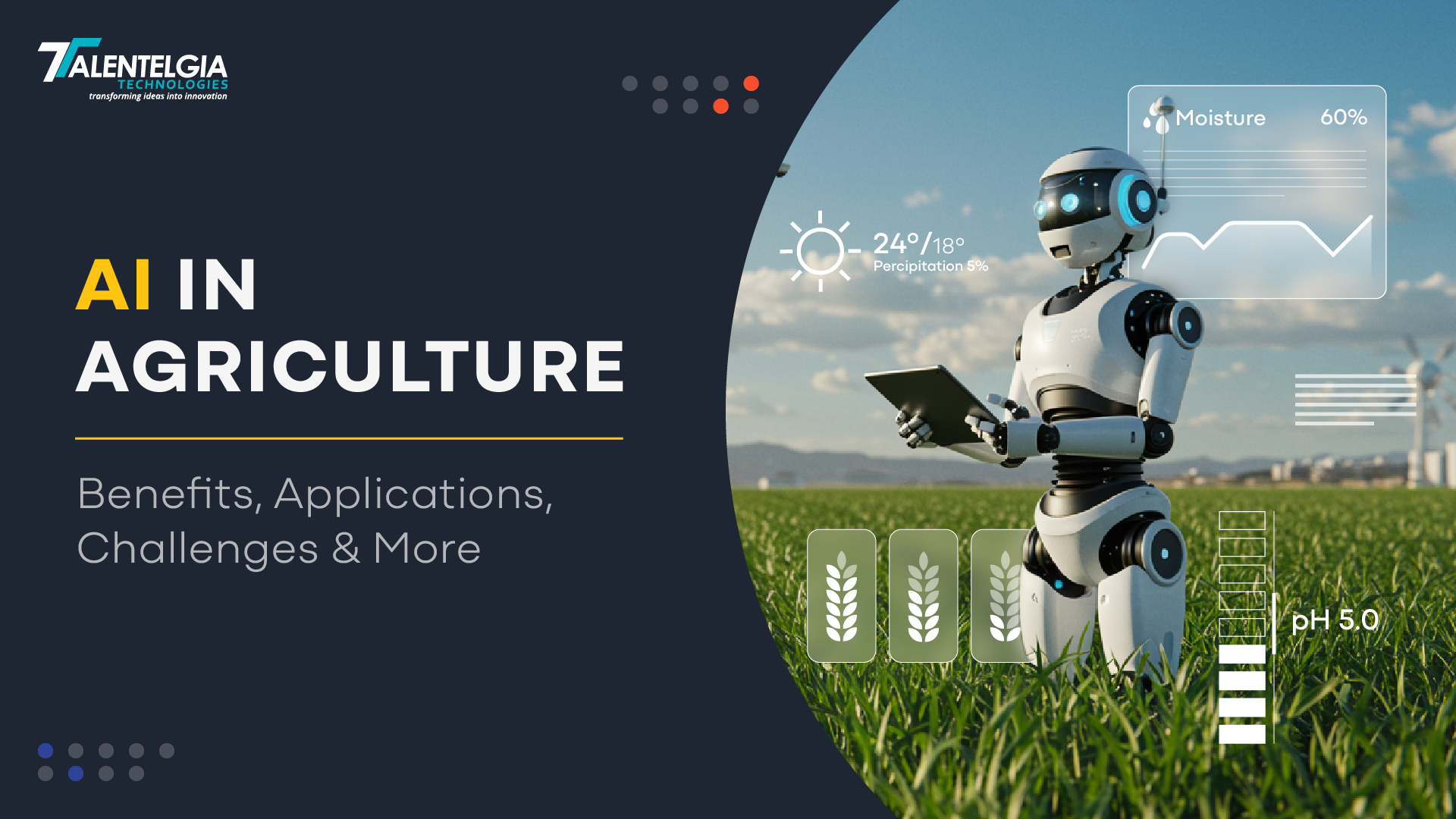

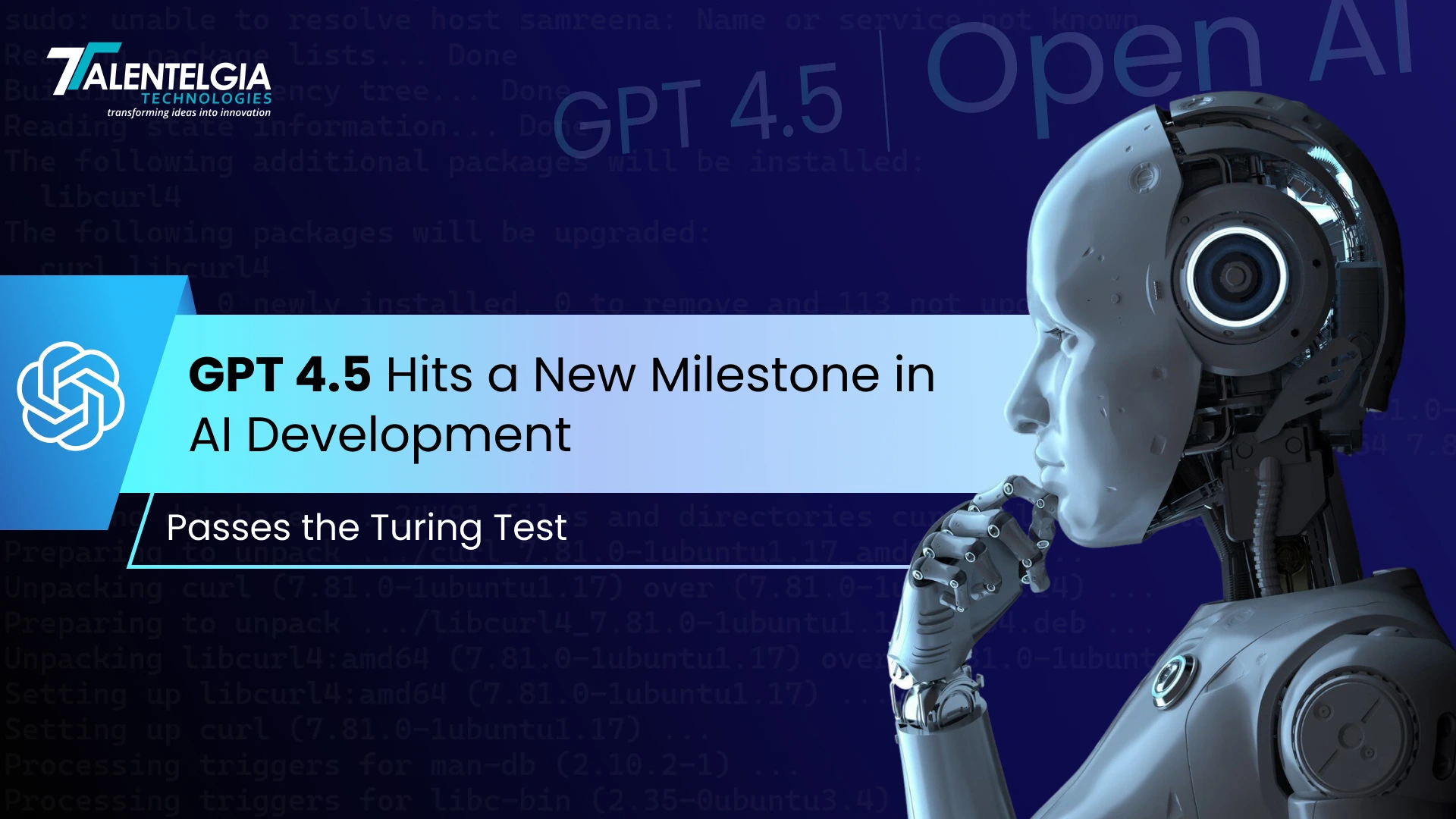
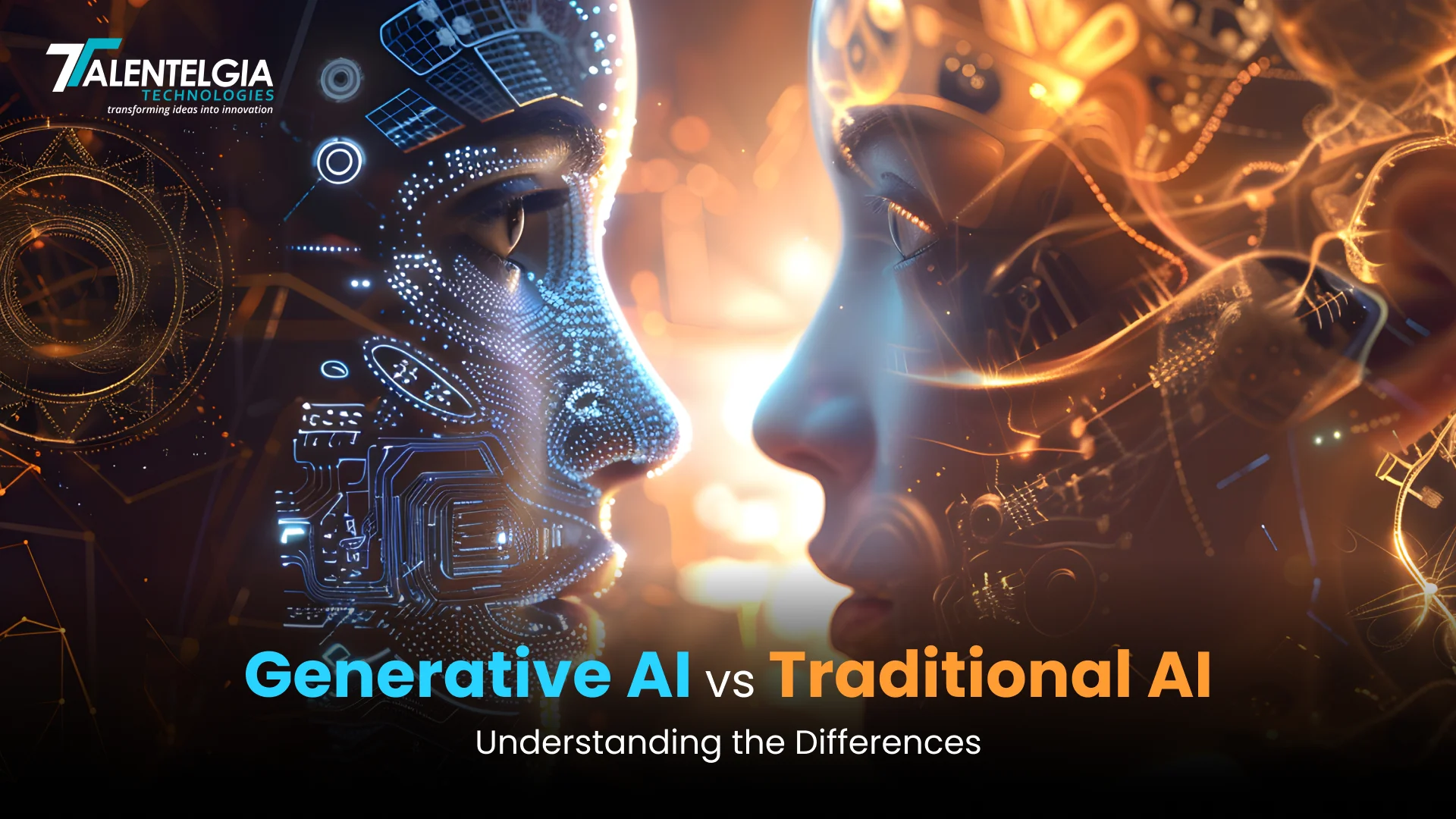











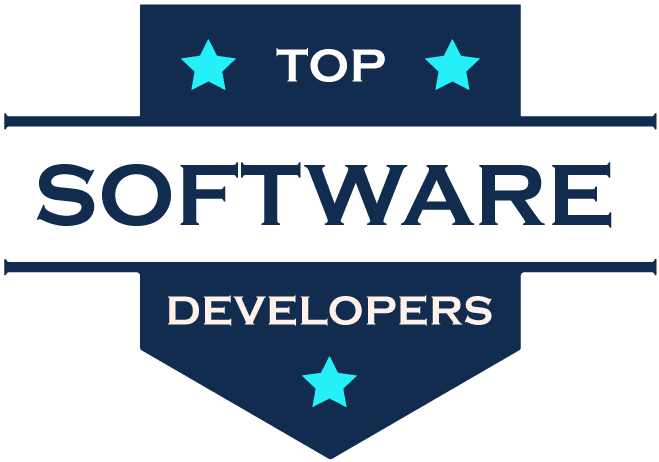
 Write us on:
Write us on:  Business queries:
Business queries:  HR:
HR: 




